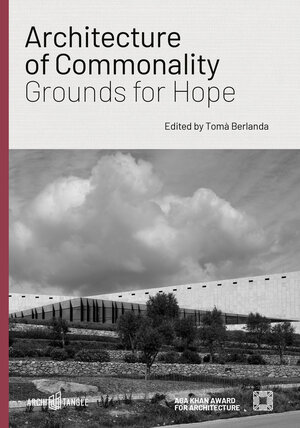Architecture of Commonality. Grounds for Hope is an edited collection of essays that expands on the role of museums and cultural institutions in Palestine and the Arab world. The book is guided by reflections on the Palestinian Museum in Birzeit, Palestine, which won the 2019 Aga Khan Award for Architecture.
The long history of the genesis of the Museum as an institution is the framing device for a multiplicity of voices to reflect on the role architecture plays in the orchestration of memorialization, on the significance of curatorial strategies that respond to situations of conflict, and a discussion of the blurred boundaries between architecture, landscape and land art.
As a way to reflect on the deep ties the Museum and the gardens hold with the ground and the landscape, the collection of essays by scholars across cultures, and interviews with designers, is structured around four main themes, Stones, Seeds, Voices and Walks. The intention is to expand beyond the confines of the singular project in order to invite reflections on the positive role cultural institutions play in planting hope for the future and locating the conversations within the political and historical framework of the region.
The long history of the genesis of the Museum as an institution is the framing device for a multiplicity of voices to reflect on the role architecture plays in the orchestration of memorialization, on the significance of curatorial strategies that respond to situations of conflict, and a discussion of the blurred boundaries between architecture, landscape and land art.
As a way to reflect on the deep ties the Museum and the gardens hold with the ground and the landscape, the collection of essays by scholars across cultures, and interviews with designers, is structured around four main themes, Stones, Seeds, Voices and Walks. The intention is to expand beyond the confines of the singular project in order to invite reflections on the positive role cultural institutions play in planting hope for the future and locating the conversations within the political and historical framework of the region.









